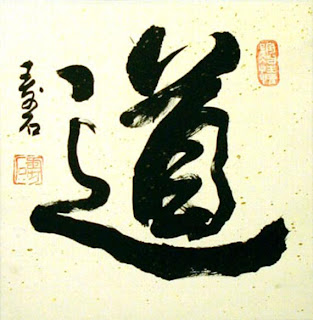Legend and the martial arts

A long history of tall tales... Chinese martial arts – in particular the Daoist internal arts 1 of taijiquan, baguazhang and xingyiquan – have long been associated with mythological tales invoking superhuman feats; acts that defy the laws of physics. Such myths are not only incidental to the traditional histories and lineages; sometimes they are deeply wedded to them. It seems that virtually no tale of the exploits of old masters is complete without such supernatural elements. Accordingly it should come as no surprise that the Chinese movie industry is built squarely on “ wire fu ” – green wires that suspend the actors and stunt men and women so that they can appear to “fly”. Modern examples include films such as “ House of Flying Daggers ” and “ Crouching Tiger, Hidden Dragon ”. A trailer from “Crouching Tiger, Hidden Dragon” – note the taijiquan technique “ji” by Michelle Yeoh at about 1:22. The role of legend in the martial arts My first introduction to Hong Kong cinema was of...


